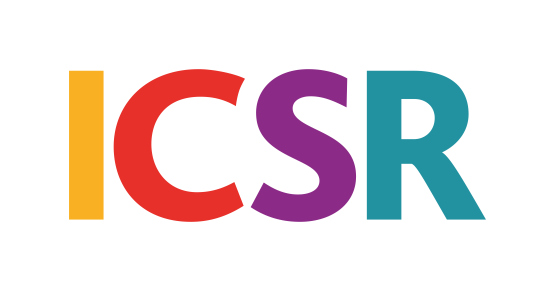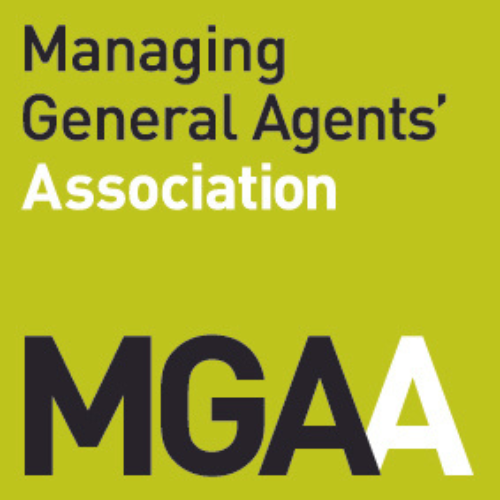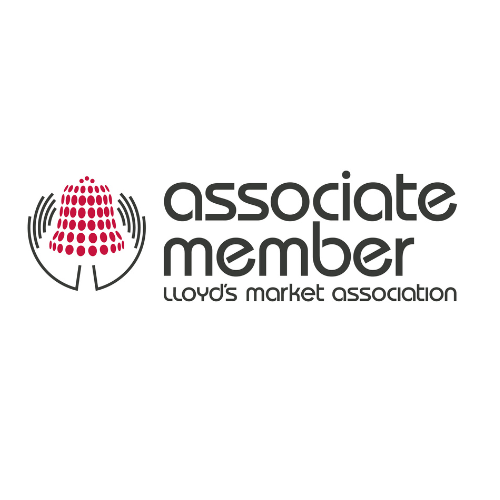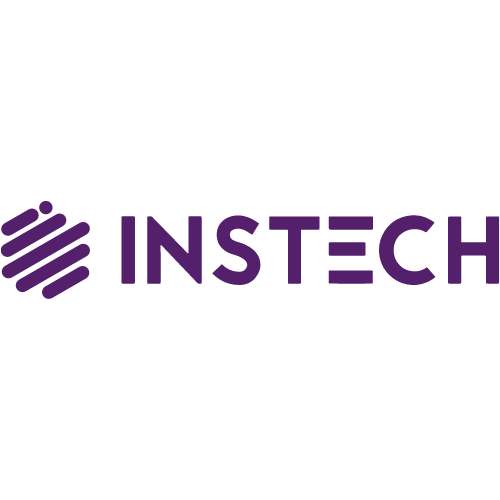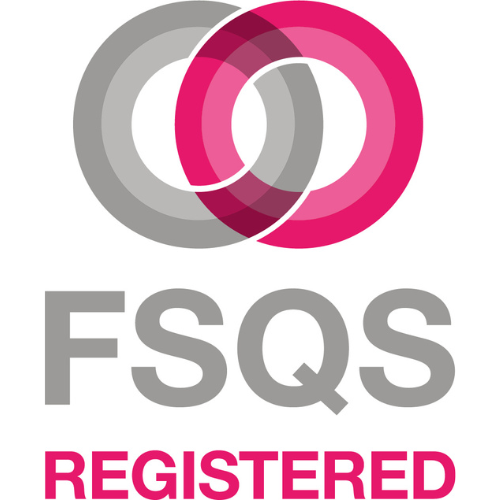As Peter Drucker a lecturer from Colombia University said “Culture is the way we do things around here“.
With the FCA and PRA expecting insurance firms to focus on culture as the next big step beyond TCF and Conduct risk, setting the right culture and differentiating your organisation through its own DNA is so important. Firms need a more holistic approach. This has been identified by the FCA in their Business Plan for 2020/21.
Cultural Change is often described as the hardest and the last thing that changes in an organisation. But it need not be like that. In these times of uncertainty differentiating via your people, whether staff or customers should sit squarely at the top of any business plan.
So, what is “Culture”, and why is it important?
Culture is all pervasive and reflects the tone from the top, the attitude to customers, employees, and wider stakeholders. A poor culture will damage your reputation, reduce the ability to attract top talent and ultimately impact the profitability and growth of the business.
The recent adverse press coverage concerning business interruption claims in a pandemic have caused the regulators to bring culture into sharper focus. So, now is exactly the time to consider your firm’s culture whether it is appropriate for your markets and long-term success.
So, what is the right culture for your firm?
This depends very much on what products you offer, how you sell them and how you service them.
One Technology company that does get it right turned the corporate workplace on its head with a more common sense approach to culture.
Rather than monitor staff through annual reviews, it set clear expectations for its people. Employees are not judged by their hours worked; they’re evaluated according to their abilities and accomplishments. Asking people to take on the responsibility of policing themselves has helped them attract and recruit “fully formed adults” who are self-sufficient.
So, what does good look like?
First, think about how you want your firm to be perceived. Can you succinctly define it? Can you measure it?
All companies are different and the same is true for measuring success. To find the right metrics it’s important to consider your own special environment, what’s happening around you and where the energy is coming from. This will encourage others to pay attention and join in. There is no such thing as a one-size-fits-all culture yardstick.
It is useful to think about measurement as a data convergence. Some of these looks like traditional change-management metrics, but others are more closely tied to the specific behaviours and business results.
Look to include a broad sweep of people in the organization who influence and energize others. When designing the initiatives to encourage behavioural change, keep asking the question, “And how would that be measured?” It’s important to choose a metric that’s “good enough” to get going. Begin with a handful of small pilots and trumpet the positive results. Take lessons from these, evolve them into broader initiatives, and adjust the metrics as needed.
Metrics can include KPI’s and anecdotes that track how behaviours over time. Performance management, talent and capability and recognition and reward are equally useful temperature checks.
Measuring the impact of a cultural transformation is complex and multifaceted, but it’s also achievable and necessary. Culture can and should be measured, and the designing of those metrics is a part of the overall journey of a thoughtful, sustainable evolution.
Reputational effect on Insurance Culture
Warren Buffett said, “It takes 20 years to build a reputation and five minutes to ruin it.” Many organizations struggle to create a memorable and magnetic workplace culture, and it’s no wonder. To start with its necessary to decide who in your organisation is accountable to the stakeholders for setting the right culture and with it its reputation. Is it the CEO or the Non-Executive Board? Possibly it’s your Audit Committee. Getting this right is so important, as well as practising what you preach. Which CEO wants to be remembered as the untrustworthy one?
From a customer perspective for example, one question to ask is whether the Insured is receiving the cover for the risk that he perceives he has paid for? Mis-selling can have disastrous effects on perceived culture.
Your staff also need to understand what the insured perceives he is actually covered for? Is there a perception gap? This is the case with Covid-19 business interruption and key man cover at present. Is this insurance what it was intended for? Are staff being properly recognised for doing the right thing?
If there is a gap, then you quickly need to decide what steps need to be taken to close it. How much goodwill and reputation will be lost in the longer term, if some leeway in interpretation is not provided.
As Covid-19 shifts everyone’s outlook to a more community-based approach companies need to consider the sorts of goodwill gestures they should be making. Honouring customers’ and regulators expectations both in the current climate and post Covid-19 is a key consideration for an Insurer’s loyalty culture.
The Claims effect
In terms of your Claims business, consider linking volumes of claims processed (the usual metric) to the numbers of complaints about poor service. This should be the preferred route.
Is there any peer review taking place? Is it really critical or is it simply a box ticking exercise to hit a volume-based target? Also is the Claims process seamless? What devices are available to access and follow up on Claims?
Complaints
Complaints trend analysis is a key metric acting as a customer temperature check. While it’s ok to know you have a process in place, more critical it is to act on the feedback. What is the Complaint management feeding back to parts of the sales and service elements of the business including TPA/Brokers to change behaviours? What is the Board and NEDs getting to tell them of the lessons learned and changes to attitude and process?
The teeth to tail element
Covid-19 is forcing Insurers to consider relaxation of premium pay dates. Could policies move to a monthly payment schedule, or in certain cases to a more fluid and flexible cover. Who needs traditional ERs liability for example if an organisation’s staff are being furloughed? In some cases it may be necessary but probably, but in a different form.
How is the distribution chain (brokers, TPAs) working? Are they working as you would wish in line with your culture?
Internal Culture
Enlist, Empower and Encourage is key to creating the right operational culture. It is one thing to say you want a great culture, it’s quite another to mindfully shape people’s thoughts and beliefs around this vision you have. You have to get people excited, proud and appreciative of the culture. Working remotely is the new normal so this should generate a whole series of questions on how to lead, motivate and manage remote teams.
Cultural Resilience
The main asset in an organisation is always its people. The successful organisations of the future will ensure they are putting people at the heart of everything they do. The expectation is that businesses will bring their companies together by encouraging a “learning collective” where is it encouraged to share ideas and experiment. Staff will be trusted to fail fast and move quickly.
Summary
The Board needs to be involved in cultural definition and in cultural shift. One good way of disseminating the message is to use advocates from business areas and wider functions, including third parties to buy in, share the shift and communicate across the business. HR should help with this.
Understanding of roles to encourage cohesiveness so that everyone knows their role is key. These are not only internal employees, but also include the external stakeholders – shareholders, third party claimants, reinsurers, brokers, cover holders/ MGA’s and the wider regulatory and local community.
Tracking metrics and governing all this can be done in many ways including Balanced Scorecards, KPI’s, Net Improver Scores, appraisals and SLA’s. Regular appraisals or simply checking in with staff particularly when remote working negates the coffee machine chat is so important. Board reports should provide a temperature check of how the business is doing.
I mentioned the importance of the various stakeholders: customers (top of the list for regulators), employees and other third parties such as service, IT and other providers. Get the internal elements right first and the outcomes for customers should improve.
Operational resilience plays into this so that all stakeholders assume accountability for ensuring the organisation is safe, secure and current. Key themes to the Operating Model are retaining expertise, ensuring accountability, forming new ways of working and above all ensuring partnership.
I would like to finish off with four key elements which are useful parameters for getting culture right.
- Have employees that know the values and the mission of the Company. Why do you want to work here?
- Hiring people who fit your culture.
- Knowing that good decisions come from anywhere. No one has all the answers…
- Realising you are a team and not a collection of Individuals. Have you ever noticed how many CEOs refer to their employees as a “team”?
Future survival will depend on cultures that can withstand massive disruption. Successful Operational Resilience will help underpin and mitigate failure. But crucially businesses will be judged on how they treat and have treated their customers and employees during a crisis. Memories of poor treatment, perceived or otherwise, are very long.
At times of uncertainty when the need for change is so immediate, companies often react by looking at the tangibles. They consider the internal structures and processes that underpin the organisation. This is great as a short-term band aid over the problem. It doesn’t however address the underlying issues. Considering your DNA and putting people at the heart of everything you do is the answer.
Organisations now realise that sustainable change, which will have a real impact on a company’s long-term reputation, can only be achieved through changing the underlying culture that inspires people to think, act and make decisions.
Culture is the way we do things. Putting people at the heart of everything you do has never been more important.
ICSR is well placed to support firms looking to start work on their business culture in preparation for the work the FCA have indicated they will begin this year. If you would like to discuss how ICSR can assist with this, please contact us in complete confidence.
